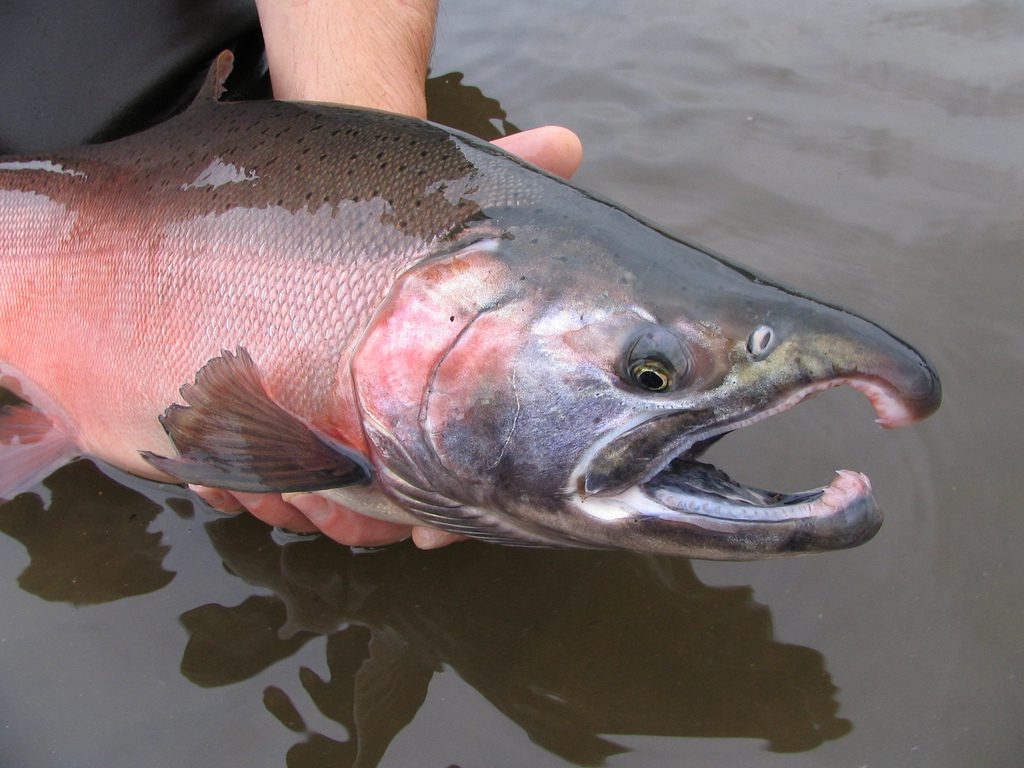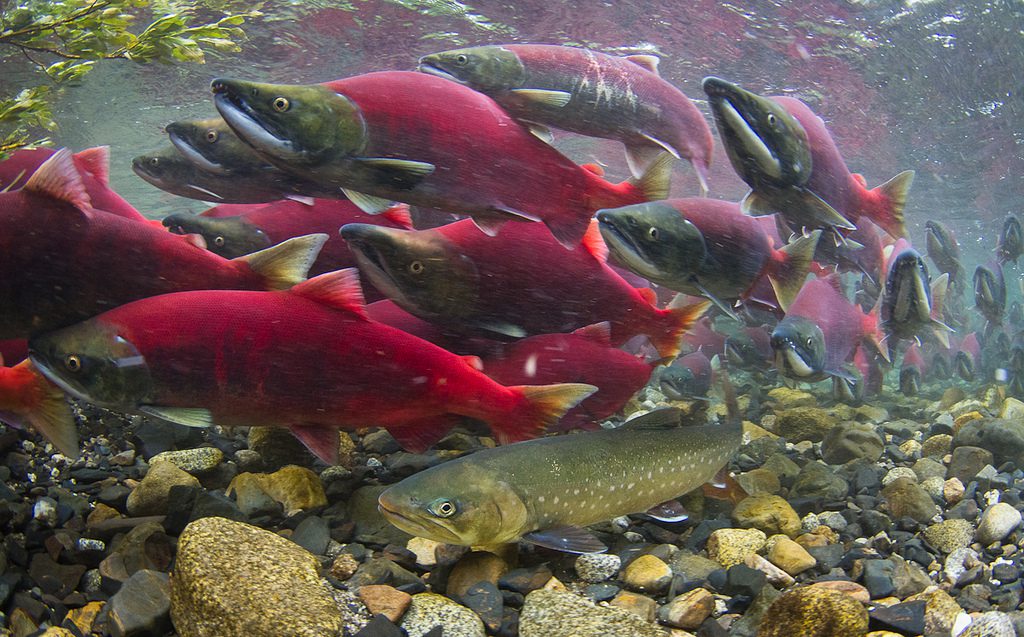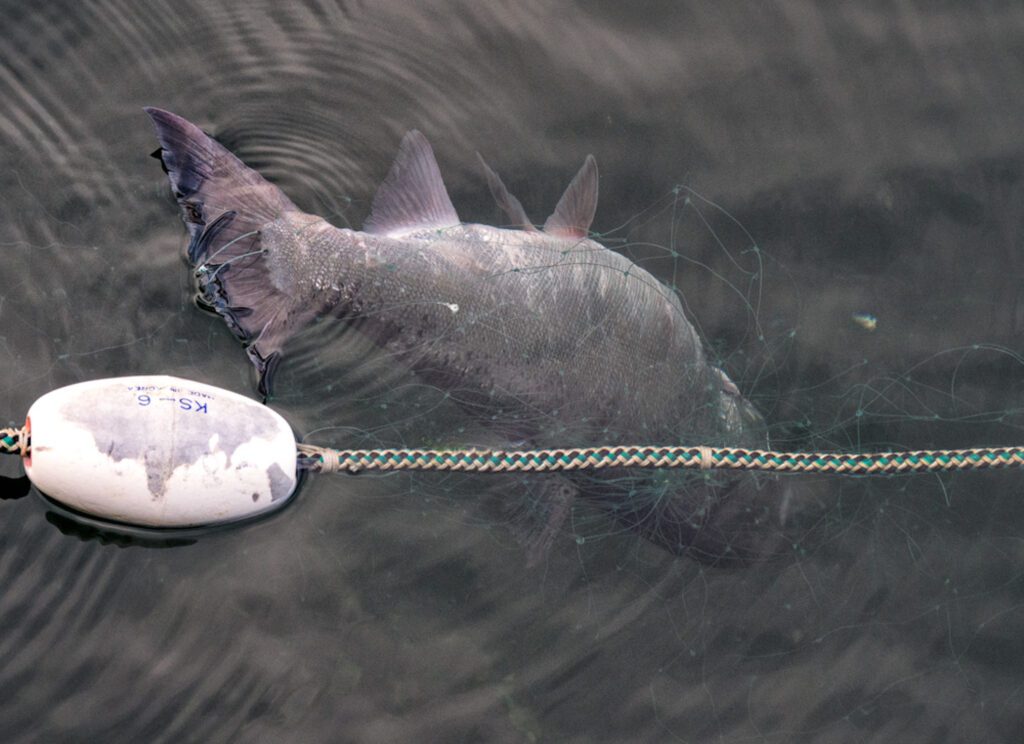It’s going to be another dismal year for the king salmon runs in the Norton Sound. This week, the Alaska Department of Fish and Game had meetings scheduled in Unalakleet, Shaktoolik, and Koyuk to discuss strategies for meeting the ongoing ban on Chinooks.
“This year, we’re projecting a very poor king salmon run throughout Western Alaska,” said Scott Kent, a biologist with Fish and Game in the region. “Norton Bay, Shaktoolik, and Unalakleet sub-districts are the three areas that have major Chinook salmon producing watersheds. In those areas, there’s going to be some severe restrictions taken in order to try to conserve nearly every Chinook salmon that’s returning to these waters.”
The meetings are a way for the department to get advice from local salmon users on how best to implement the ban on Chinooks without hampering other subsistence harvests.
There are a number of theories as to why king salmon returns have plummeted over the last few years in areas like the Eastern Norton Sound, as well as the Yukon and Kuskokwim Rivers, where they swam in abundance just years ago. But there’s little scientific consensus on whether the culprit is warming sea water, commercial bycatch, overfishing, or other potential factors.
That’s also true when it comes to explanations for why some salmon species are thriving.
“As far as chum salmon is going, we think this year’s chum salmon run to Norton Sound is going to be very good, average to above average,” said Kent.
On top of chums, the forecast calls for plentiful pinks. Both ADF&G and Norton Sound Economic Development Corp. are anticipating above average numbers of cohos, or silver salmon, as well.
The real wild card this season is reds.
“As far as the reds go, the prediction this year for the reds is—we’ll really have to wait and see what comes back,” said Kevin Keith, a fisheries biologist with NSEDC. “Could be a good year, but it might not be a very good year.”
NSEDC has been making efforts to rehabilitate the sockeye runs for years. Most recently, biologists have been fertilizing Salmon Lake to increase the food supply and revive the Pilgrim River run. The sockeye uncertainty this year is over whether or not the small cohort of five-year-olds expected to return could be bolstered by an abundance of early four-year-olds and late blooming six-year-olds.
Kent explained that while scientific data is a crucial tool for fisheries management, uncertainty is one of the gifts of engaging with wildlife.
“We don’t really understand all the factors that are driving the trends in terms of why king salmon are doing so poorly and other species aren’t, but the gaps in our knowledge are still quite considerable. And every year I’m humbled by something I thought I understood well and found out maybe I didn’t understand it well and need to rethink things.”
Even still, all uncertainties aside, Kent eagerly offered a glimmer of hope on the horizon for king users: at this point the 2016 outlook for chinooks is excellent. If you can wait until then.







